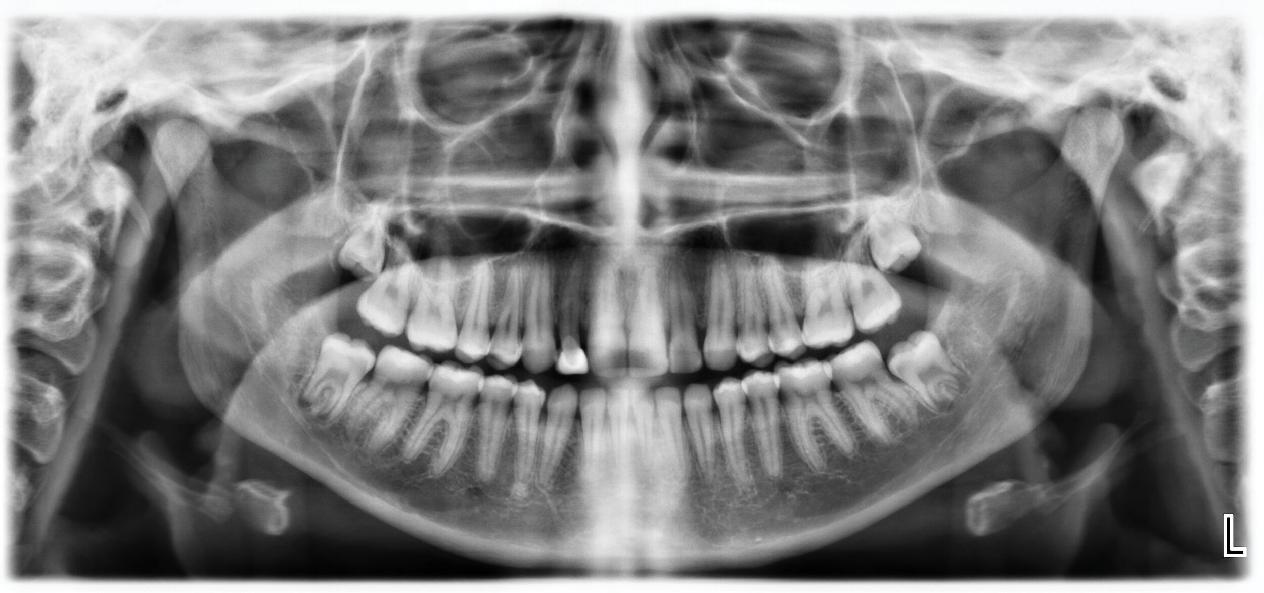
7 minute read
ADA HR Feature
Sexual harassment is a serious issue for practices to contend with. A study conducted by the Australian Human Rights Commission showed that 39% of women and 26% of men had experienced sexual harassment in the workplace. Often these incidents are witnessed, however, the study showed that 69% of witnesses did not intervene or report the incident to management. In addition, the study showed that 19% of victims who did report the incident were labelled a troublemaker, 18% were ostracised or victimised, and 17% resigned, largely due to inaction. These statistics highlight the importance of addressing sexual harassment in the workplace. To do so, practices must ensure that a comprehensive sexual harassment policy is in place to mitigate risk and provide for an open and honest work environment. In addition, swift action should be taken if allegations are raised.
Managing sexual harassment in the workplace is also a priority for the Australian Government, which has undertaken a National Inquiry into sexual harassment in the workplace (called the Respect@Work Inquiry), which revealed that it is pervasive, with one in three workers experiencing sexual harassment. In response to the Respect@Work Inquiry, Government has committed to amending the Sex Discrimination Act 1984 and the Fair Work Act 2009 (FW Act). The proposed amendments to the FW Act include: • Granting the Fair Work Commission the power to make ‘Stop
Sexual Harassment Orders’ • Amending section 387 of the FW Act to clarify that sexual harassment can be conduct amounting to a valid reason for dismissal in determining whether a dismissal is harsh, unjust, or unreasonable • Amending the definition of serious misconduct to include sexual harassment
Have experienced sexual harassment in the workplace
What is sexual harassment?
Sexual harassment includes unwelcome sexual advances, unwelcome requests for sexual favours, or other unwelcome conduct of a sexual nature which makes a person feel offended, humiliated, or intimidated, where a reasonable person would anticipate that reaction in the circumstances. Examples of sexual harassment can include, but are not limited to: • unwelcome touching or staring • deliberately brushing up against a person and any other excessive familiarity • suggestive comments, jokes, insults, or taunts • intrusive questions about a person’s private life or body • the sharing or taking of sexually explicit pictures • unwanted invitations to go out on dates or requests for sex • sexually explicit physical contact • sexually explicit phone calls, emails, or text messages Some types of sexual harassment may also warrant criminal charges, such as physical molestation or assault, indecent exposure, sexual assault, stalking, and explicit communications, such as telephone calls, text messages, emails, or letters. Sexual harassment can have significant impacts on the victim, and witnesses. This includes: • feelings of isolation, social isolation, or family dislocation • loss of confidence and withdrawal • physical injuries as a result of the assault • stress, depression, anxiety, and post-traumatic stress disorder (PTSD) • illness such as cardiovascular disease, musculoskeletal disorders, immune deficiency, and gastrointestinal disorders, eg as a result of stress • negative impacts on a person’s job, career, and financial security • suicidal thoughts DID NOT intervene or report the incident

Sexual harassment in dental practices
Sexual harassment is illegal in workplaces. Practices can be held responsible for any acts of sexual harassment engaged in by their employees, volunteers, unpaid honorary officers, board of directors, contractors, consultants, and business partners. Although individuals who engage in sexual harassment are held primarily responsible for the act, liability can extend to the practice too. Practices may also end up paying more compensation if they are found liable due to having “deeper pockets” than the perpetrator. Compensation may also increase where the practice was aware that an employee was being sexually harassed or was aware there was a real possibility of it occurring and did nothing to stop it. In recent years, there have been few allegations of sexual harassment made against dentists. However, a lack of reporting does not necessarily indicate that incidents do not occur. The Australian Human Rights Commission has noted that in dental practices, victims of sexual harassment more often choose to resign from their position instead of reporting the incident. It has been further stated that the relationships between dentists and auxiliary practice staff have the potential to create a power imbalance where sexual harassment is more likely to occur and make the victim less likely to speak up.
Workplace Health and Safety
All employees have a right to be safe at work. Employers must provide a safe working environment and this includes psychological and physical safety. Practices, therefore, must prevent sexual harassment within their practice by ensuring that the working environment at their practice is not sexually permeated or hostile. In other words, practices need to tackle any organisational culture that may make one gender feel unwelcome, or unable to participate in and enjoy their work environment, and ensure that actions of sexual harassment are prevented, and appropriately addressed should they arise.
How to handle a sexual harassment complaint in the practice
Practices must have a formal strategy in place to handle sexual harassment. This involves taking all reasonable steps to prevent sexual harassment from occurring. The definition of what constitutes reasonable steps will vary depending on the practice, as what is reasonable for one practice may not be reasonable for another. The following steps are paramount in managing and avoiding sexual harassment in the workplace: • Take steps to prevent sexual harassment from occurring including drafting a sexual harassment policy, implementing the policy, and monitoring its effectiveness • If sexual harassment does occur, have appropriate procedures for dealing with complaints if they are made including reporting mechanisms, investigation processes, and taking effective action • Employees should not be penalised or victimised for making a sexual harassment complaint. An employee also has the right to complain about a sexually hostile working environment, even if the conduct does not directly affect them. Sexual Harassment Policies
The most effective way for practices to combat sexual harassment is to actively implement anti-harassment policies and procedures. When drafting the policy, it is recommended that practices include the following: • A strong opening statement on the organisation’s attitude to sexual harassment, commitment to ensuring a harassment-free environment, and a zerotolerance policy for such conduct • A comprehensive strategy for eliminating sexual harassment and managing complaints should they occur • A clearly worded definition of sexual harassment, consistent with the legal definition, with examples relevant to the practice and an explanation of the circumstances in which sexual harassment may occur • Examples of behaviour that do not constitute sexual harassment, such as actions based on mutual attraction, friendship, respect, and consent • A statement that sexual harassment is against the law • A clear explanation of the options available for dealing with sexual harassment and the consequences that will be imposed by the practice if the policy is breached • The responsibilities of management and staff in ensuring the policy is successful, including monitoring, reporting, and enforcement • Information on where individuals can receive advice, assistance, and/or make a complaint Policies must be well implemented, including through the provision of ongoing training, communication, and reinforcement. A policy that is not implemented through regular communication, education, and enforcement will be of little to no use in reducing liability for practices and will be difficult to rely on when managing complaints in the practice.
If you have any questions about this article or any other employment relations inquiries, please do not hesitate to contact the ADA HR Advisory Service on
1300 232 462.
Radiology Update 2022

It’s not all black & white!
Envision Medical Imaging invites you to join us for a morning of education, catch up with mates and support the new ADAWA charity, Uniting Smiles Ltd.
Guest Presenter Dr Lawrence Dembo
Cardiologist. Imaging Specialist. Cardiac Transplant Service (FSH) Our guest lecturer will deliver an engaging update on the latest in cardiac risks relevant to you and your patient. You do not want to miss this!

Presenters
Clin Prof Bernard Koong
Oral and Maxillofacial Radiologist Dr Tom Huang Dr Dayea Oh

Oral and Maxillofacial Radiologist Oral and Maxillofacial Radiologist
3.5 HOURS SCIENTIFIC CPD
Course Topics
• Cardiac Risk: You and Your
Patient • Seeing root canals like you’ve never seen before. • It is now an essential skill to be able to correctly view a CBCT scan – Let us show you how! • What’s that interrupted white line on the PA radiograph and OPG? – should I normally see this?
Does it matter? • What imaging test should I prescribe for undiagnosed facial pain when it looks normal on PA radiography and OPG?
Date: Saturday 12 February 2022 Time: 8:45 registration for 9:00am start. Morning tea refreshments served. Concludes 1:00pm Venue: Perth Convention and Exhibition Centre RSVP: Please book early as seats are limited










